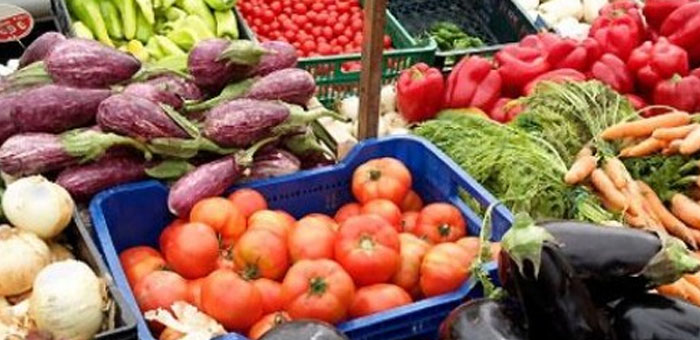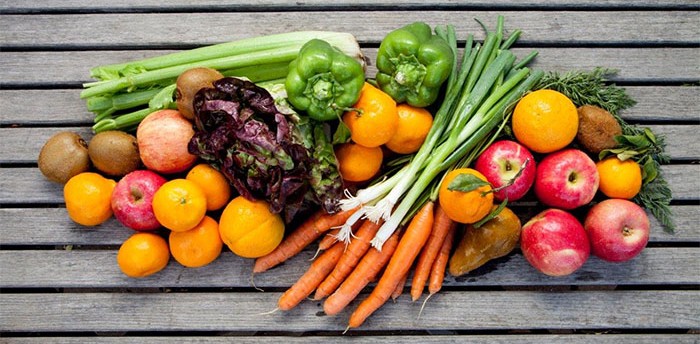Not too long ago, chefs relied on the foods grown in their own backyards, or purchased from the local farmer’s market. They prepared and ate what was in season. In today’s age of chain supermarkets and imported foods, seasonal foods don’t seem to hold the significance they did years ago.
With that said, while perusing through the menus of many food trucks across the country, there appears to be a strong contingency of food truck operators that pay attention to fresh, locally-grown, seasonal foods compared to many of their fast casual brick and mortar counterparts. Their menus are inspired by trips to the local farmer’s market, and their recipes revolve around the most flavorful seasonal ingredients. Some of you reading this article may wonder why, but I think I may know.
Seasonal Foods: Never Consider Flavor Out Of Season
There’s no accounting for bad taste
Food that is in season simply tastes better. The taste of a vine-ripened tomato picked during the summer harvest bears little resemblance to the weak and watery versions most often found in supermarkets or through greenhouse growers. Spring greens such as watercress, arugula or endive add layers of flavor to an otherwise ordinary salad. Fall pumpkins pureed into soups make canned pumpkin obsolete.
Seasonal foods that simply taste better aren’t limited to fruits & vegetables. Seafood is also influenced by changes in the seasons. California king salmon is in season in summer and fall, the perfect time for grilling or poached on summertime salads. Squid, on the other hand is best in winter and spring. If you aren’t convinced, conduct a blind taste test from time to time. You’ll see and taste the seasonal difference.
Profitability
Foods in season cost less, and are therefore more profitable. This simple fact is common thinking for many food truck owners. When raw products are the freshest and most plentiful in season, they are often the least expensive. This translates into a lower food cost for their mobile business.
Menu planning
Shifting menu items and focused merchandising to seasonal items increases the profitability and the variety of a food truck’s offerings. To aid in menu planning, plot the ranges of cost of purchasing seasonal items over a 52-week calendar, noting extreme highs and lows.
Invariably, the lowest cost periods will correspond with the highest “perceived value” to the guest. Using your chart, plan menu item changes that allow you to sell high profit, high flavor dishes. It is recommended that menus be changed about every three months to correspond with clear seasonal fluctuations.
If you are currently one of those chefs who doesn’t use seasonal foods for your food truck menu, you may want to reconsider to not only improve the flavors of your food, but at the same time, help to increase your bottom line.
What percentage of your menu uses seasonal foods? Share your thoughts on this tpic in the comment section below or on social media. Facebook | Twitter




